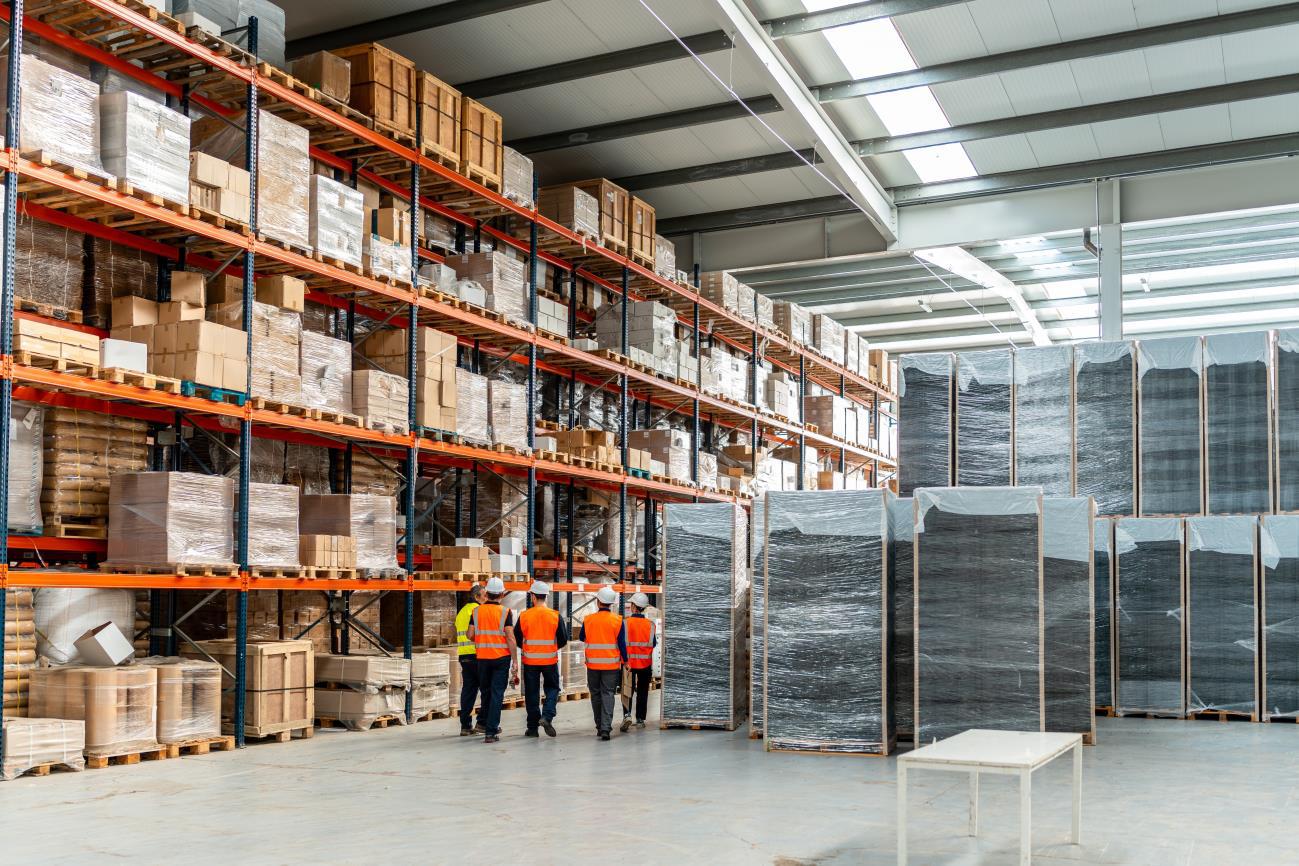Capital Market Shifts and Their Impact on Industrial and Commercial Portfolios
October 30, 2025
Overview
- How Are Capital Market Shifts Reshaping Commercial Real Estate?
- What Do These Changes Mean for Industrial Real Estate Investors?
- How Can Businesses Future-Proof Their Portfolios Amid Uncertainty?
- Why Is Diversification Key in Today’s Market Landscape?
- Partner with Weaver Group: Building Smarter, Stronger Portfolios
How Are Capital Market Shifts Reshaping Commercial Real Estate?
Is the commercial real estate market in the Philippines facing a turning point, or is it simply adapting to global trends? As interest rates fluctuate and investor priorities evolve, capital market movements are leaving a lasting mark on how businesses and developers manage their real estate portfolios.
The traditional model of stable, long-term investment is now challenged by shifting interest rate environments, tighter credit access, and evolving economic policies. These elements have prompted investors and developers alike to reassess risk exposure and rethink portfolio diversification.
In the Philippines, where commercial real estate plays a vital role in both urban growth and industrial expansion, these capital shifts are influencing everything from valuation strategies to leasing decisions. Developers are no longer just focusing on property appreciation but are now placing greater emphasis on liquidity, operational efficiency, and flexible asset management strategies.
What Do These Changes Mean for Industrial Real Estate Investors?
Industrial real estate, often seen as a stable asset class, is now one of the most dynamic sectors affected by market fluctuations. Demand for logistics hubs, warehouses, and manufacturing facilities remains strong, particularly with the rise of e-commerce and nearshoring trends. However, investors are also facing higher financing costs and changing tenant expectations.
As capital markets tighten, industrial developers are under greater pressure to balance returns with sustainability and efficiency. The focus has shifted toward assets that can deliver consistent yields and adapt to rapid market transformations. Locations with access to transport infrastructure and energy-efficient operations are becoming the new standard for industrial investment.
For investors in the Philippines, the industrial real estate sector continues to present growth opportunities, particularly outside Metro Manila where industrial zones are expanding. However, the need for careful financial structuring and risk analysis is greater than ever before.
How Can Businesses Future-Proof Their Portfolios Amid Uncertainty?
One of the most pressing questions investors face today is how to protect portfolio value in a volatile capital market. While no strategy guarantees immunity from fluctuations, several proactive measures can help maintain resilience:
- Reassess portfolio diversification: Spread investments across different asset classes and geographies to minimize concentrated risk.
- Focus on liquidity: Prioritize properties with steady demand and flexible leasing terms.
- Integrate technology: Use data-driven insights for valuation, market forecasting, and operational management.
- Evaluate sustainability performance: Properties with green certifications and energy efficiency features are increasingly favored by both tenants and financiers.
- Strengthen tenant relations: Long-term occupancy stability is critical for consistent cash flow and portfolio health.
Forward-thinking asset managers and developers are using these strategies to stay ahead of market shifts while ensuring that their properties remain relevant and profitable.
Why Is Diversification Key in Today’s Market Landscape?
Diversification has become more than a financial safeguard; it’s a strategic necessity. As capital markets remain unpredictable, portfolios that blend both commercial real estate and industrial real estate assets tend to demonstrate stronger resilience and performance.
In the Philippines, investors are exploring hybrid investment models that combine traditional office or retail spaces with logistics and light manufacturing assets. This approach allows investors to capture opportunities in both mature and emerging markets while mitigating exposure to sector-specific risks.
Moreover, diversification doesn’t only apply to property type. It extends to financing structures, tenant profiles, and even regional focus. By taking a balanced approach, investors can better align their portfolios with long-term economic and demographic trends.
Partner with Weaver Group: Building Smarter, Stronger Portfolios
At Weaver Group, we understand that navigating capital market shifts requires more than just experience; it demands insight, adaptability, and precision. Our team specializes in helping clients manage and optimize their commercial and industrial real estate portfolios through expert advisory, valuation, and asset management services.
Whether you’re expanding your industrial footprint or optimizing your commercial real estate in the Philippines, Weaver Group provides the expertise and strategic perspective needed to thrive in today’s evolving market.
Contact us today at 0917-193-2837 (0917-1-WEAVER) to start building a smarter, stronger investment portfolio.



